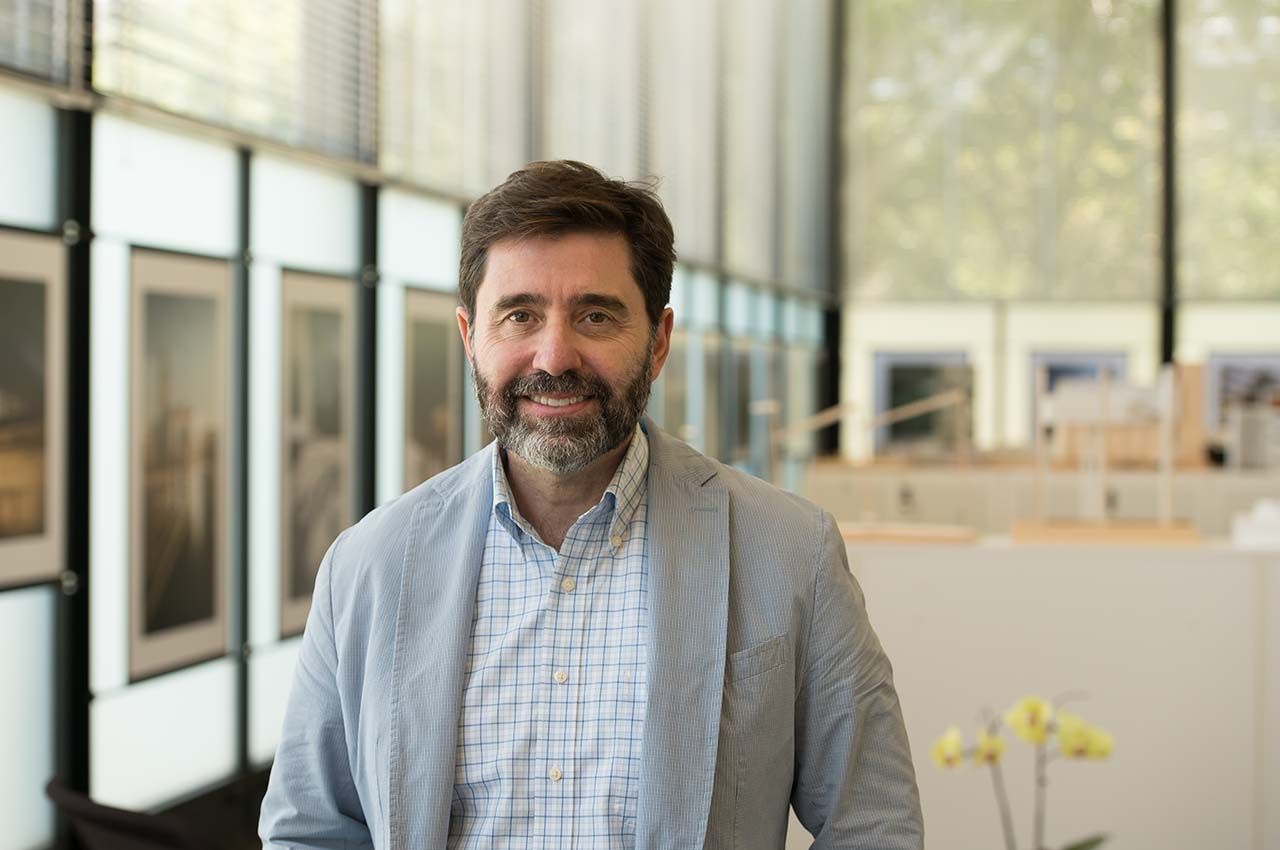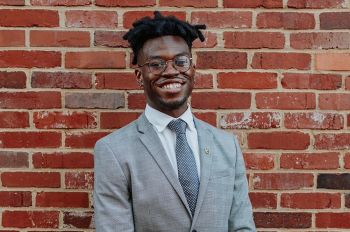Shaping the Future of Chicago: Faculty Named Among Top 50 Designers

Architects and designers from IIT College of Architecture have shaped the Chicago skyline since the college’s founding, and their efforts continued to be recognized in 2021, including in Newcity Magazine’s list of top cultural influencers.
Every year the Chicago-based publication releases its Design 50 list “highlighting those who shape Chicago,” the article states.
“[This list focuses on] celebrating the forces behind the scenes in terms of power and influence in Chicago’s design scene—those who are changing our world for the better,” according to the publication.
Six cultural disciplines are highlighted, including Fashion, Graphic Design, and Exhibitors and Advocates, but the college is represented especially well in the category Architecture and the Built Environment.
Michelangelo Sabatino, professor of architectural history and cultural heritage, has authored several publications about how the past informs the present, and the Design 50 article notes that his Modern in the Middle: Chicago Houses 1929–75, co-written with Susan Benjamin. The book focuses on how Chicago and its suburbs shaped the modern single-family house in the United States and beyond.
Other IIT Architecture faculty join Sabatino on the Design 50 list. The article recognizes Arathi Gowda, adjunct professor of architecture, for her position “as a global leader for the Skidmore, Owings & Merrill High Performance Design Group” and her courses “on sustainable urbanism at several universities, including IIT.”
Scott Mehaffey, former adjunct professor of architecture, is praised under the Exhibitors and Advocates category for his work as executive director of the landmark Ludwig Mies van der Rohe-designed Edith Farnsworth House in Plano, Illinois. The article praises Mehaffey for his “efforts to preserve, evolve, and create awareness around the glass house.”
Design 50 lists IIT Architecture faculty among other higher education instructors, design firm self-starters, and a plethora of other unique Chicagoans.
“[The article] shows people the collaboration that is happening across institutions,” Sabatino says. “I am very keen on promoting city-wide dialogue.”
Sabatino is finishing another book that will spark an exhibit this summer focusing on how buildings and landscape create a community, specifically in the Bronzeville neighborhood surrounding the university’s Mies Campus.
Photo: Professor of Architectural History and Cultural Heritage Michelangelo Sabatino




